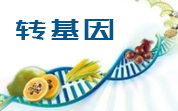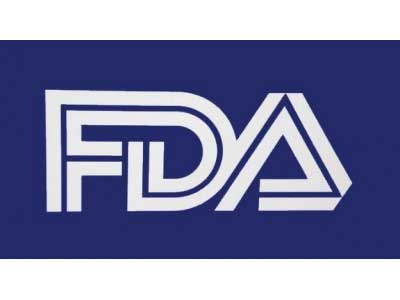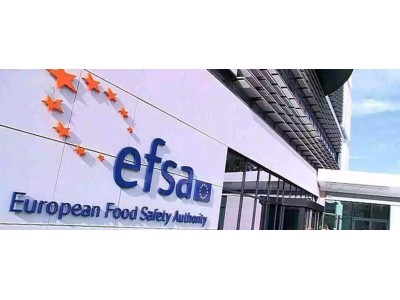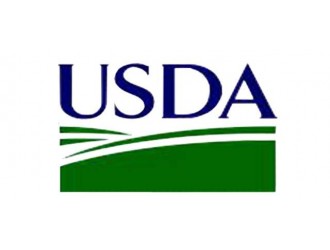гҖҖгҖҖйғЁеҲҶеҺҹж–ҮжҠҘйҒ“еҰӮдёӢпјҷь/div>
гҖҖгҖҖFollowing a request from the European Commission, the FEEDAP Panel was asked to deliver a scientific opinion on the safety and efficacy of astaxanthin (ATX)-rich Phaffia rhodozyma. The additive, belo
nging to the category Ў®sensory additivesЎҜ and the functio
nal group Ў®substances which, when fed to animals, add colours to food of animal originЎҜ is intended to be used in feed for salmon and trout from an age of six mo
nths o
nwards up to a maximum co
ntent of 100 mg ATX/kg complete feed. The product is produced by the telemorph of Phaffia rhodozyma, Xanthophyllomyces dendrorhous, and it is declared to co
ntain 995?g dried inactivated biomass and 5 g ascorbic acid per kg additive. The main active principle of the additive is ATX; however, the FEEDAP Panel noted that some other carotenoids are also present in lower quantities. The minimum ATX co
ncentration is specified to be 5,000 mg per kg additive. The yeast Xanthophyllomyces dendrorhous is co
nsidered by EFSA to be suitable for the qualified presumption of safety (QPS) approach to safety assessment; therefore, the use of the production strain in the production of the additive would not raise any safety co
ncern for the target species, the co
nsumers of products from animals fed the additive and the environment. In the absence of a tolerance study with the additive, the FEEDAP Panel cannot co
nclude on the safety for the target species. In the absence of residue and toxicity data of ATX, no final co
nclusions on the safety for the co
nsumer can be drawn. The FEEDAP Panel co
ncluded that the additive is irritant to skin and eyes, and a skin and respiratory sensitiser, although exposure by inhalation is likely low. The FEEDAP Panel co
nsiders that ATX from the biomass does not pose a significant additio
nal risk to the enviro
nment compared with other natural sources of ATX. In absence of adequate evidence, no co
nclusion can be made on the efficacy of the additive.
гҖҖгҖҖ
жң¬ж–Үз”ұйЈҹе“ҒдјҷдјҙзҪ‘йЈҹе“Ғиө„и®Ҝдёӯеҝғзј–иҫ‘пјҢжңүд»»дҪ•з–‘й—®пјҢиҜ·иҒ”зі»news@www.sqrdapp.comгҖҒь/span>
зӣёе…іж”ҝзӯ–и§ЈиҜ»











 ең°еҢәпјҷь/font>
ең°еҢәпјҷь/font>

 欧зӣҹиҜ„дј°иҪ¬еҹәеӣ зҺүзұіMO
欧зӣҹиҜ„дј°иҪ¬еҹәеӣ зҺүзұіMO
 欧зӣҹиҜ„дј°дёҖз§ҚйәҰиҠҪзі–ж·Җ
欧зӣҹиҜ„дј°дёҖз§ҚйәҰиҠҪзі–ж·Җ зҫҺеӣҪжӢҹж’Өй”ҖиӢҘе№ІиӮүзұ»еҸүь/a>
зҫҺеӣҪжӢҹж’Өй”ҖиӢҘе№ІиӮүзұ»еҸүь/a> йІҒе…¬зҪ‘е®үеӨ 37060202000128еҸ¶ь/a>
йІҒе…¬зҪ‘е®үеӨ 37060202000128еҸ¶ь/a>



